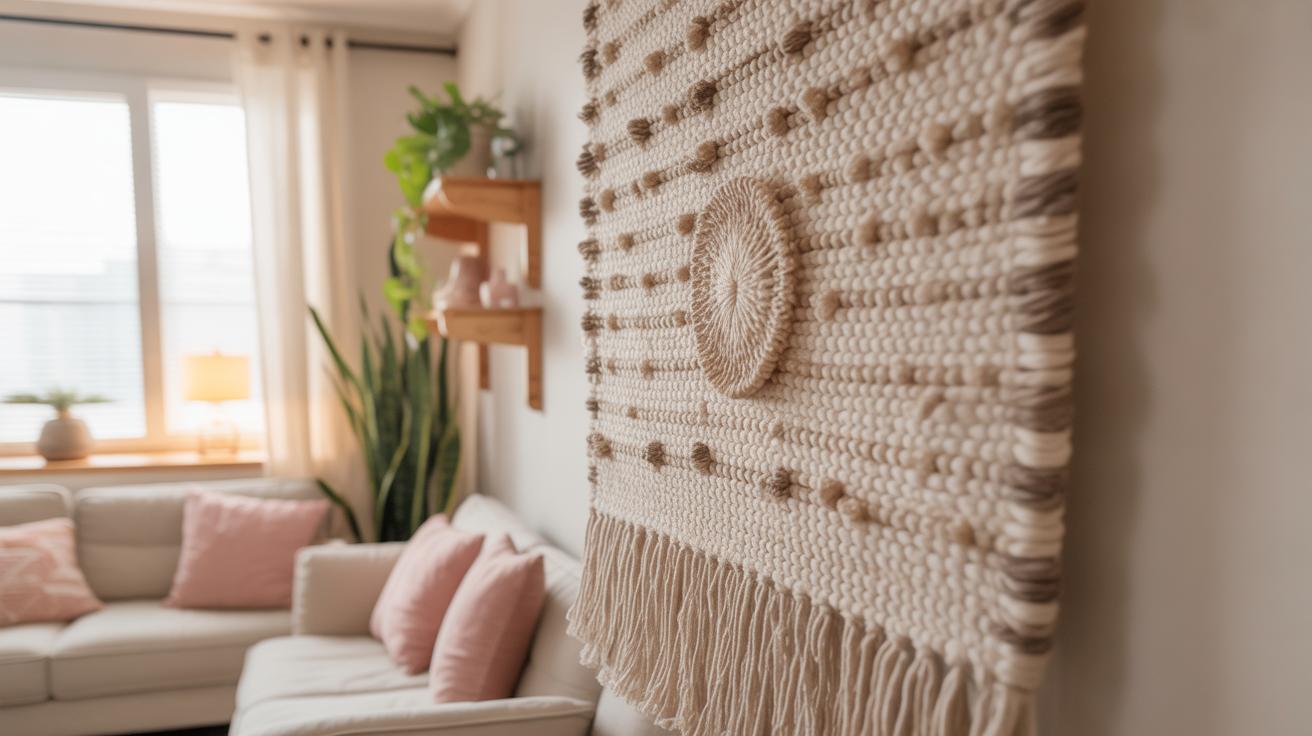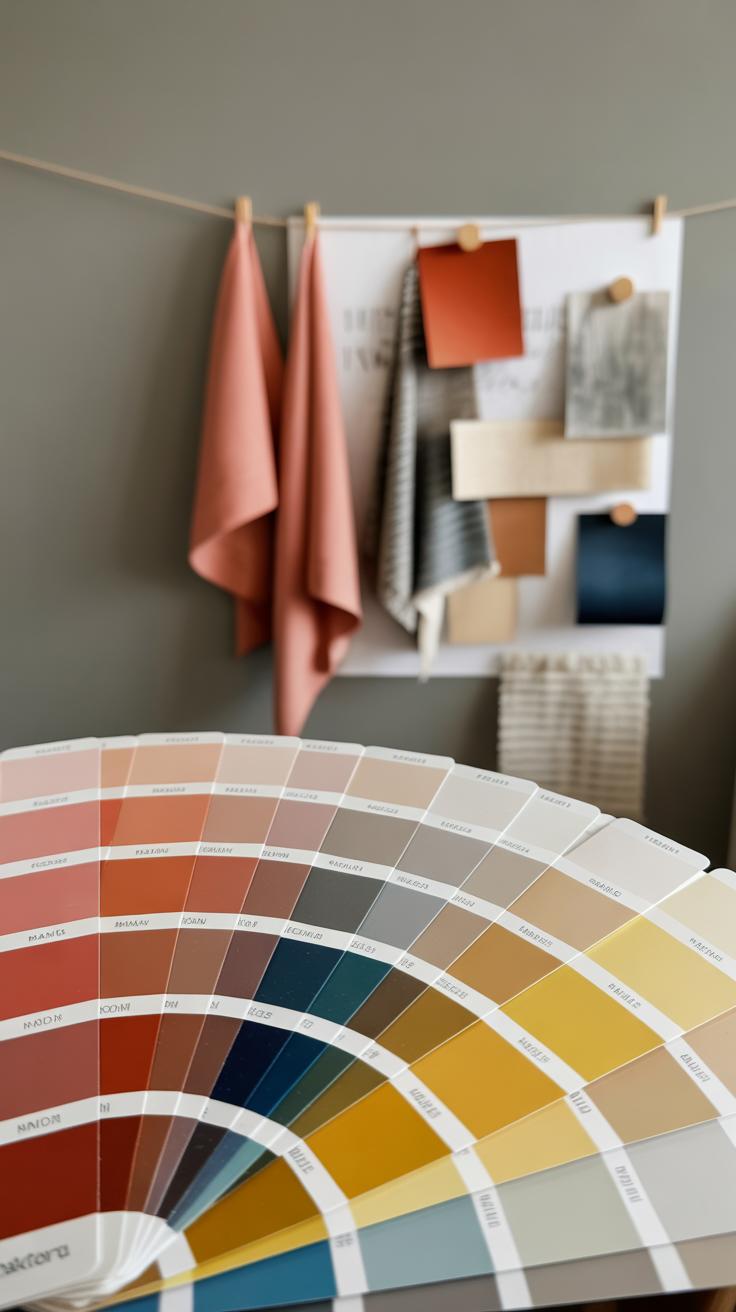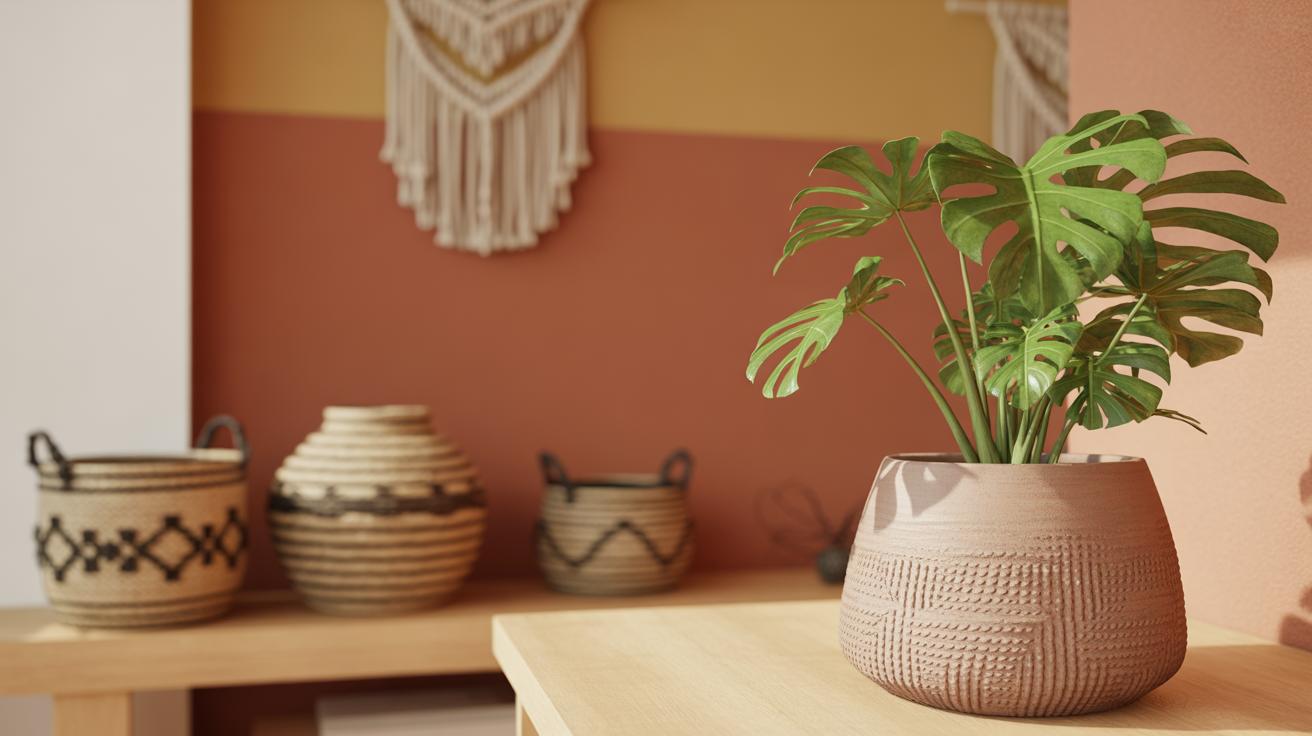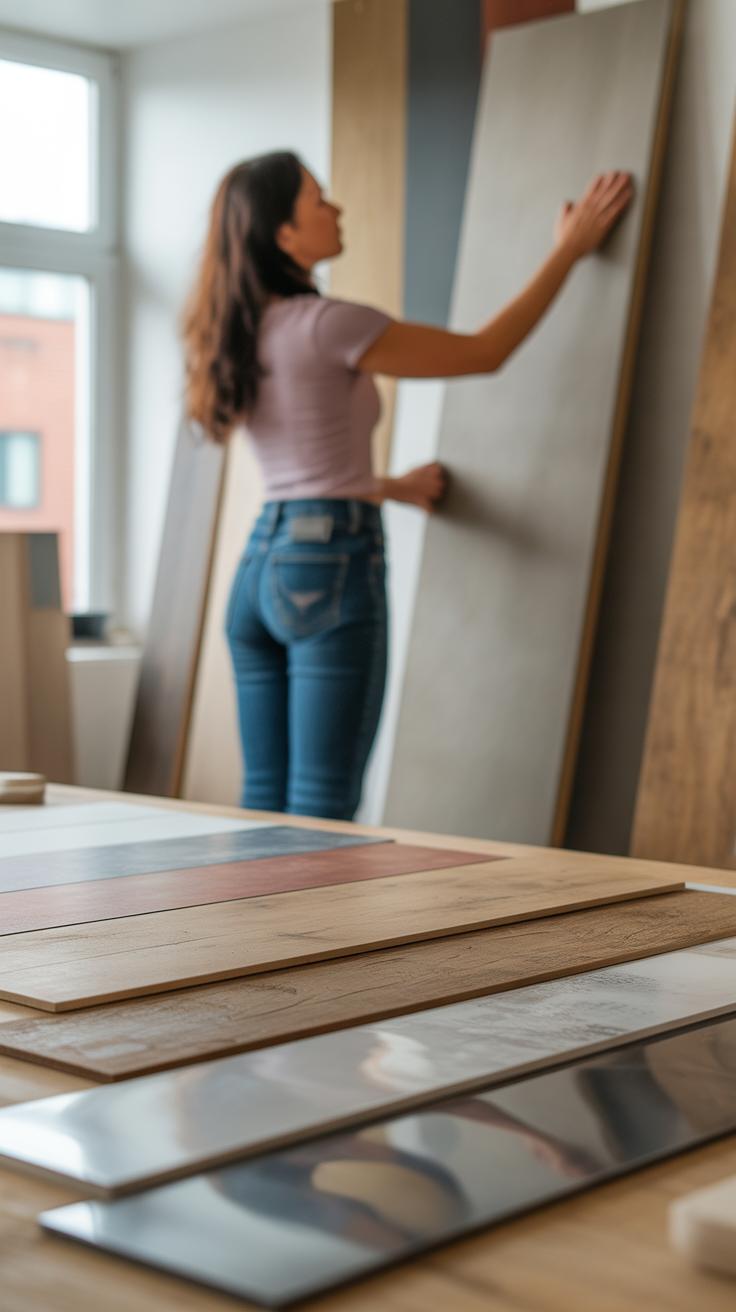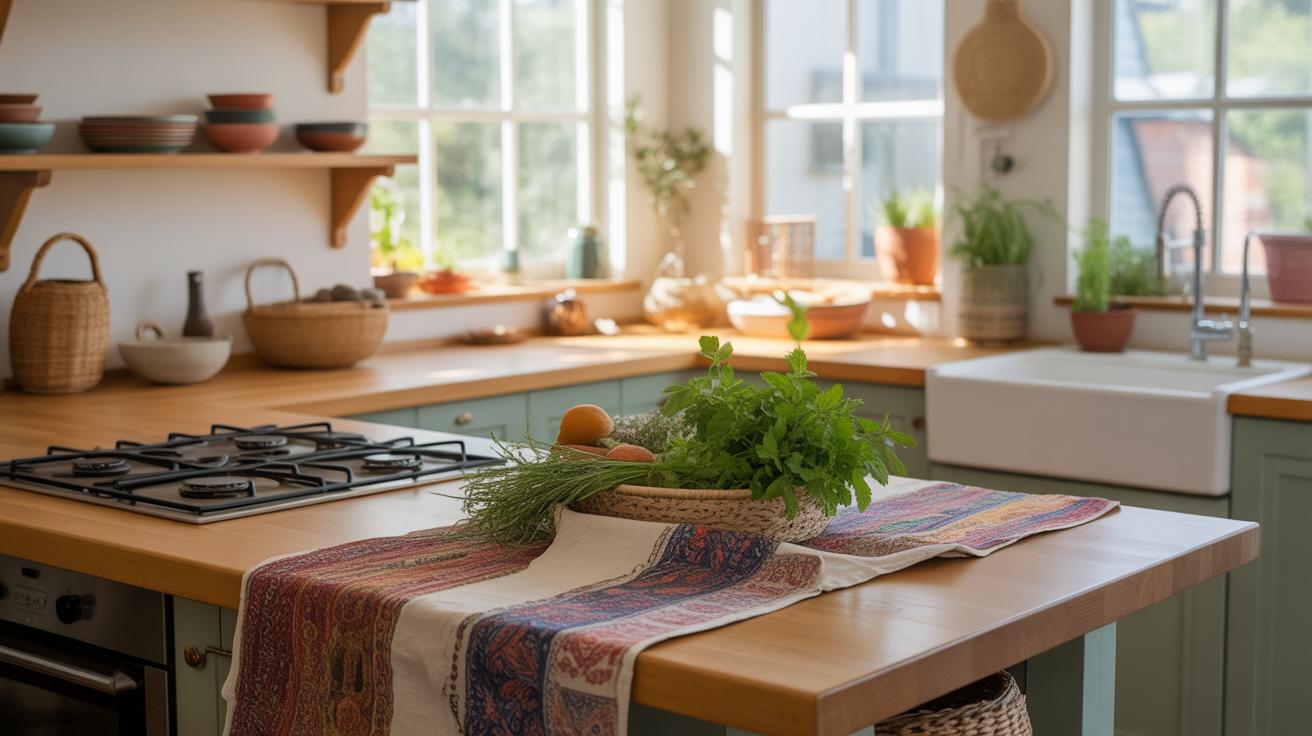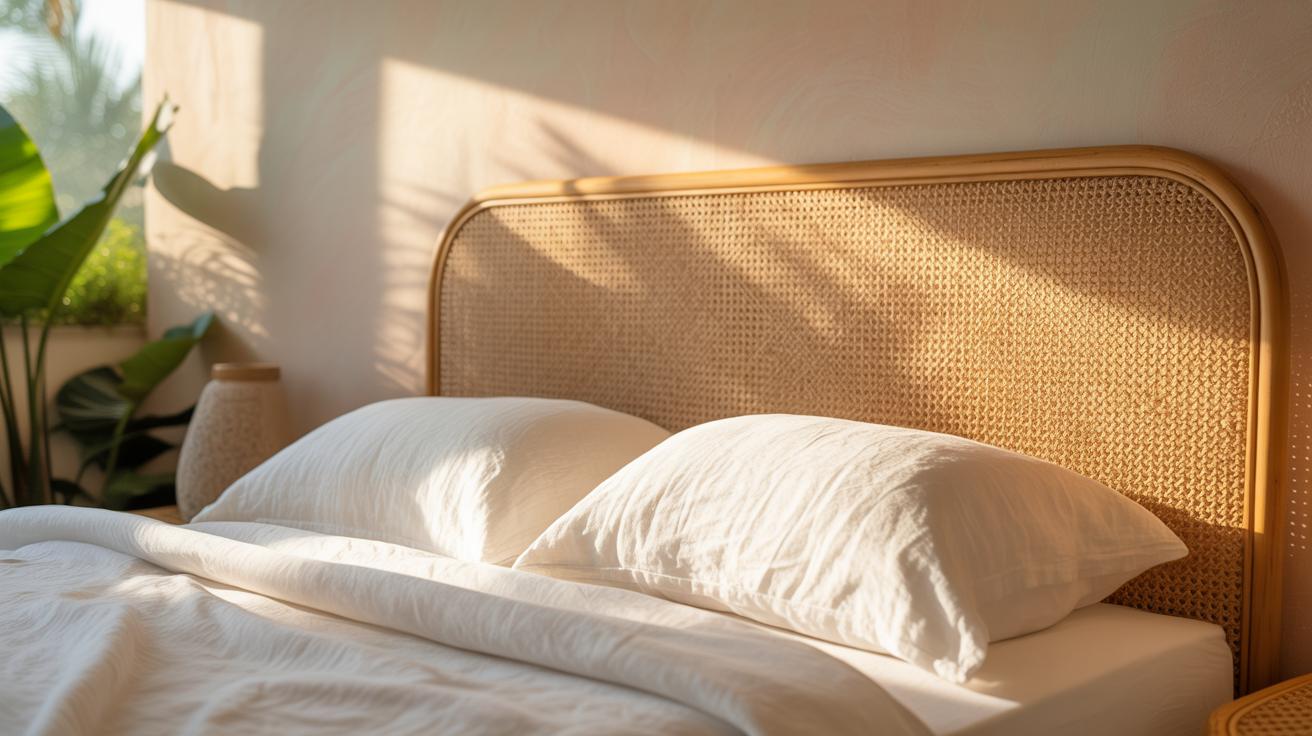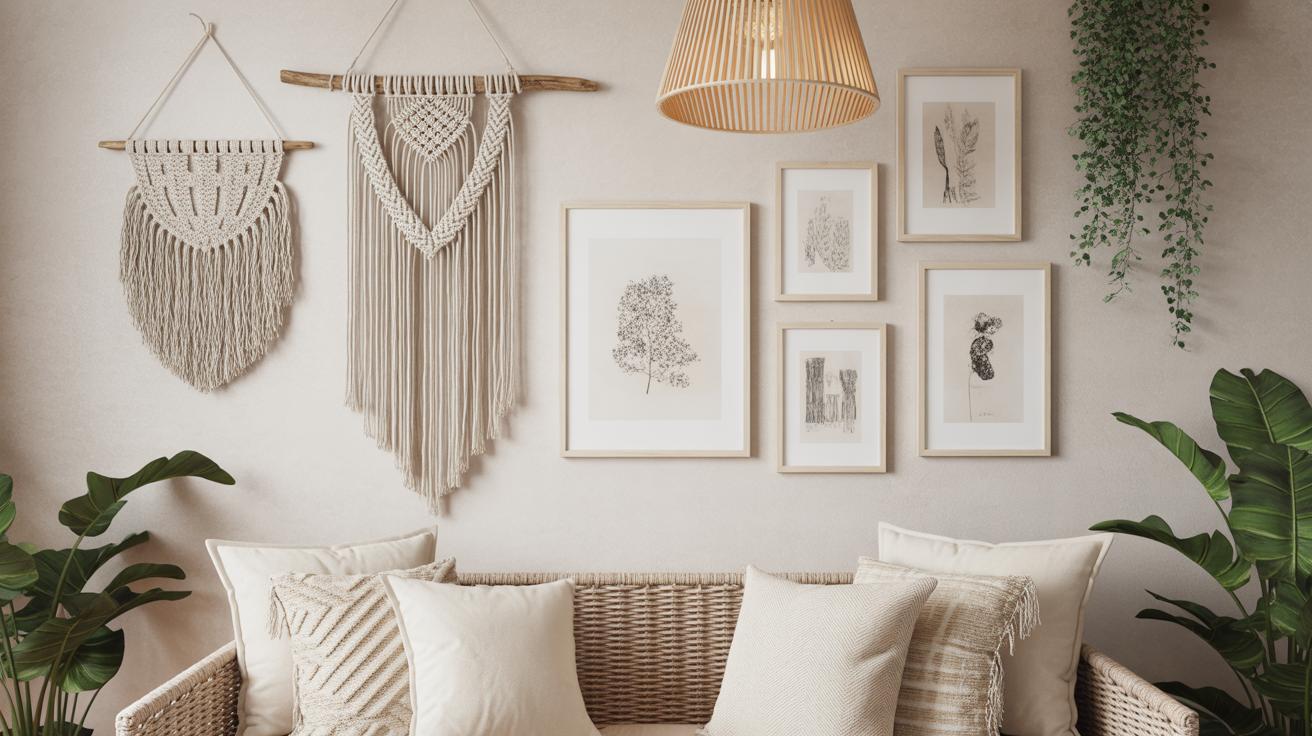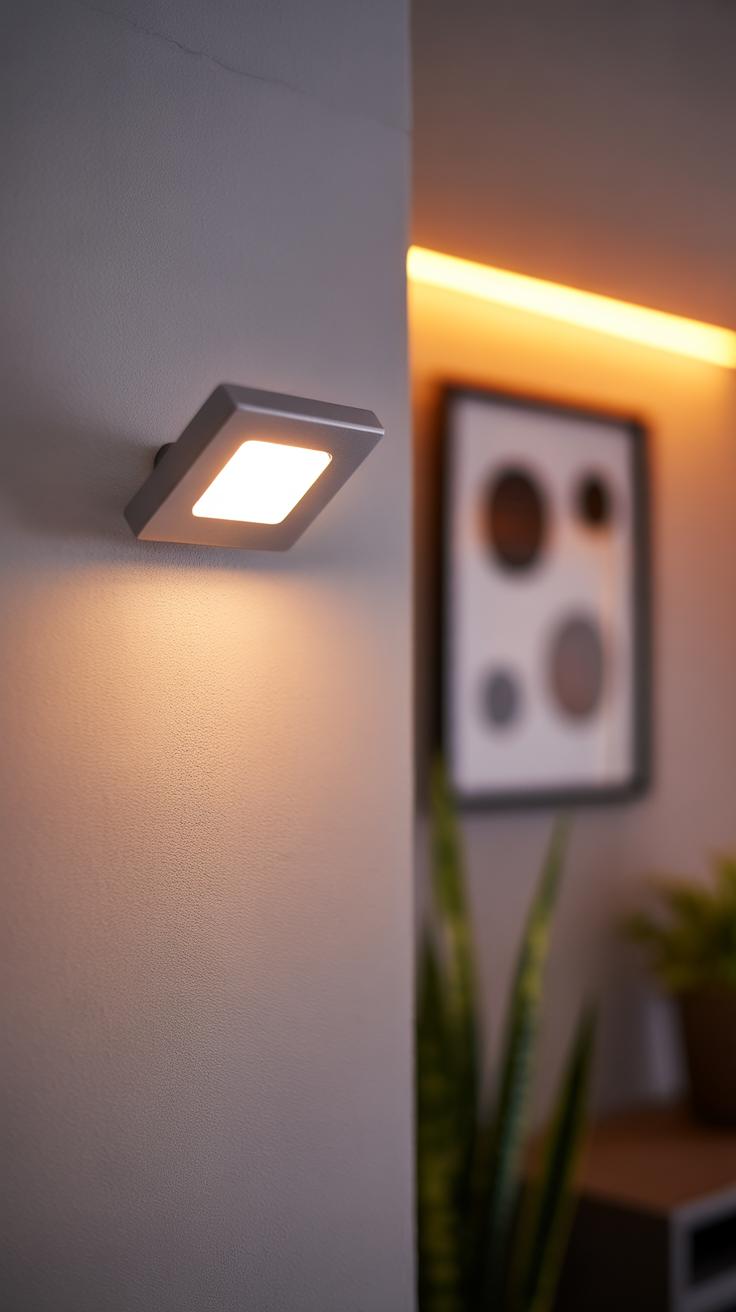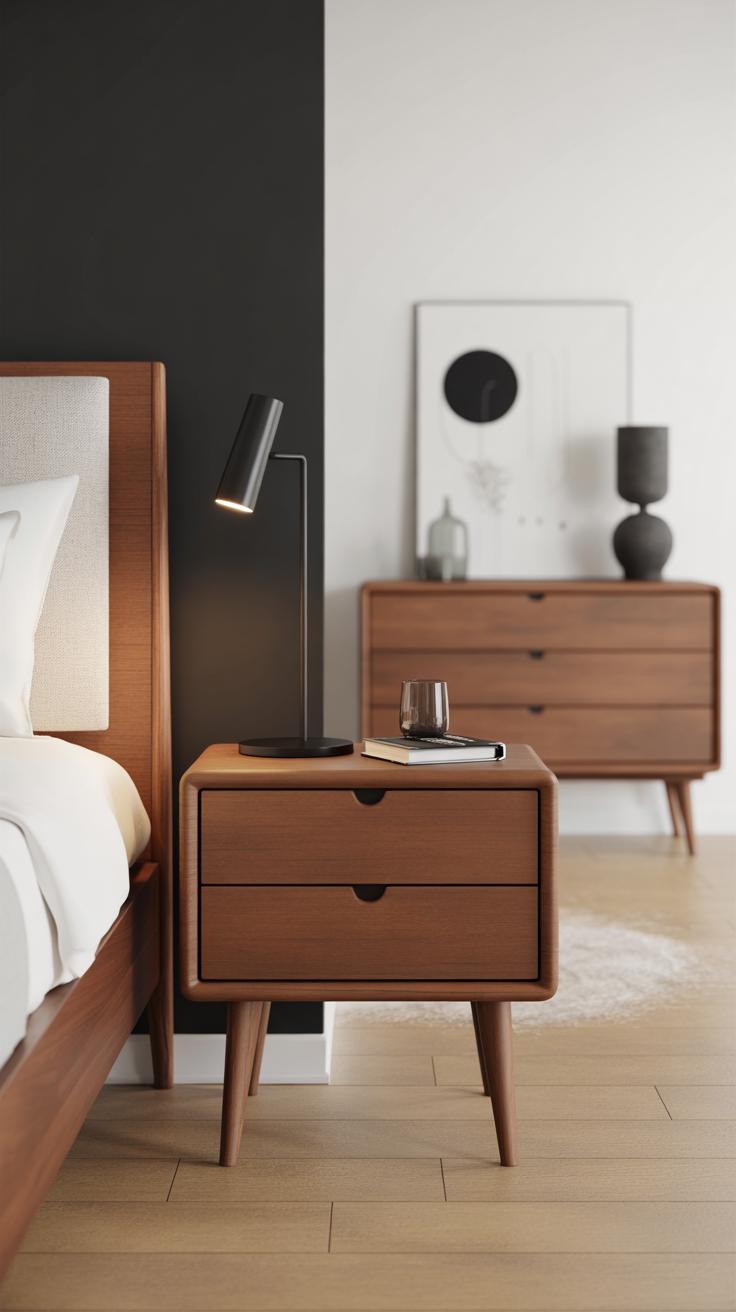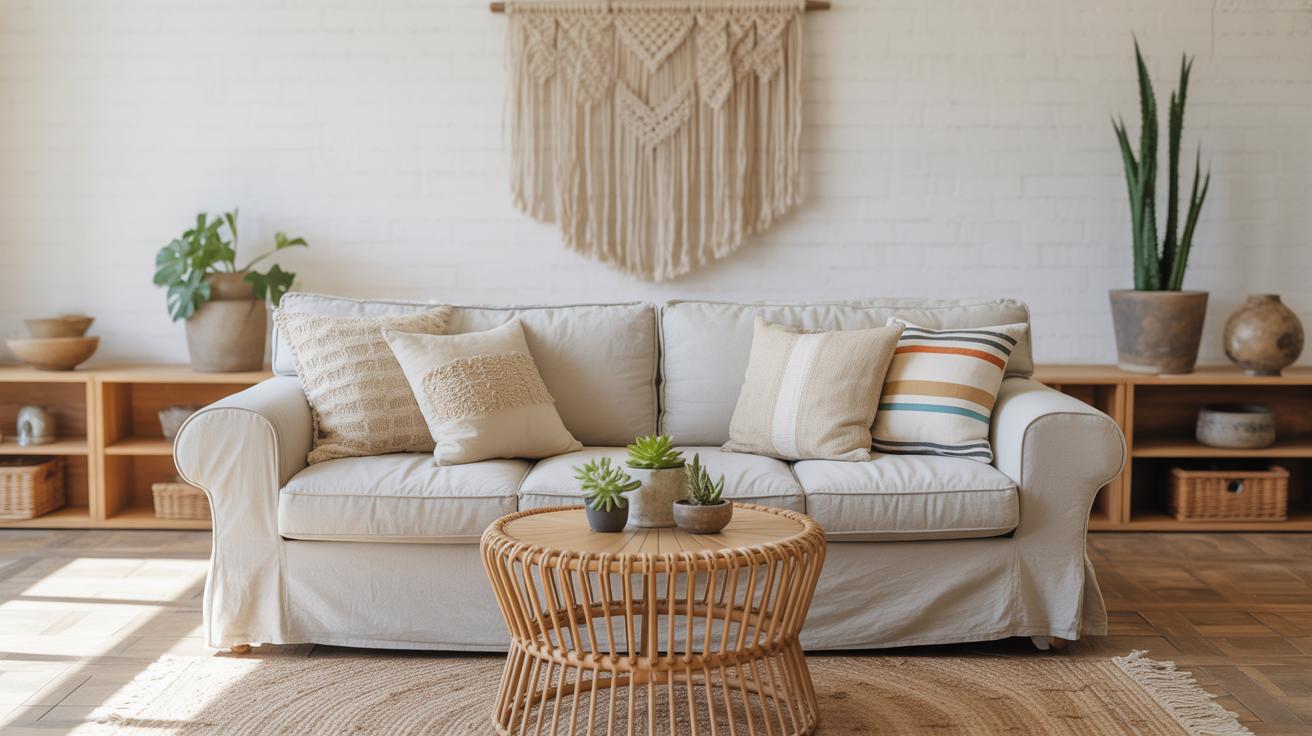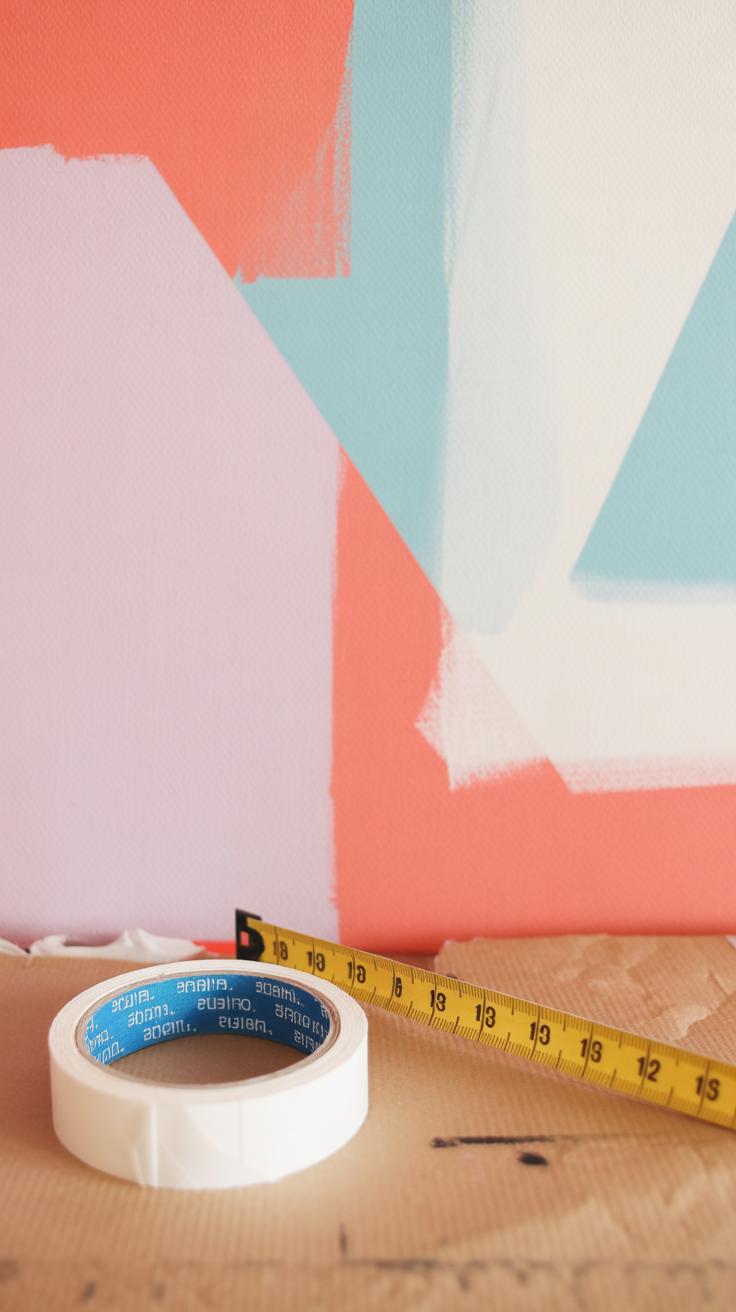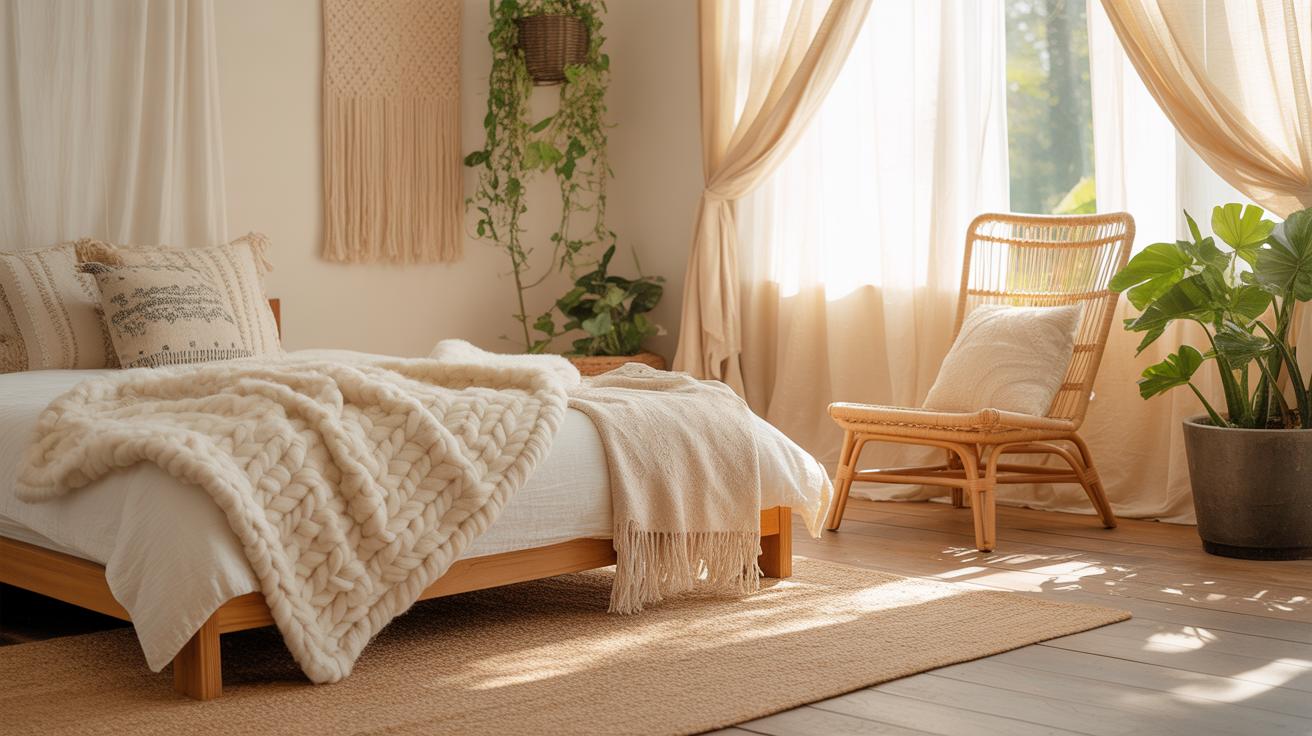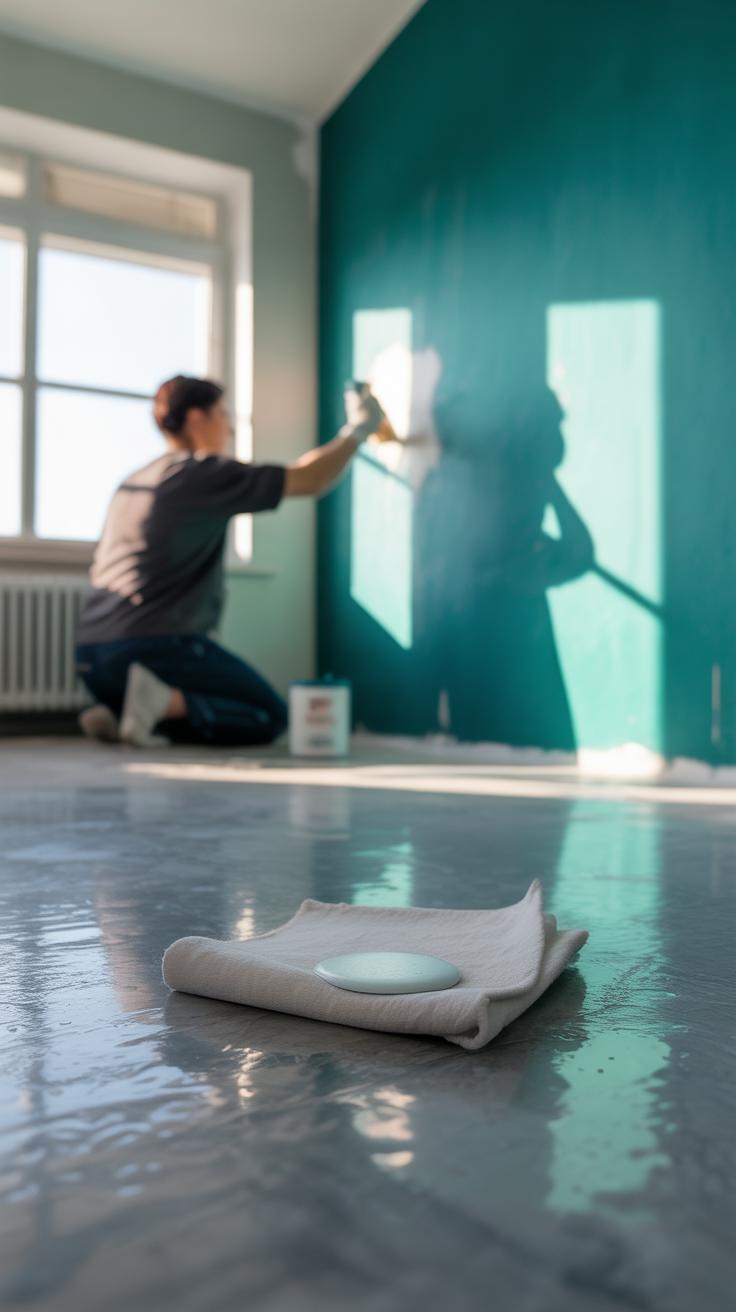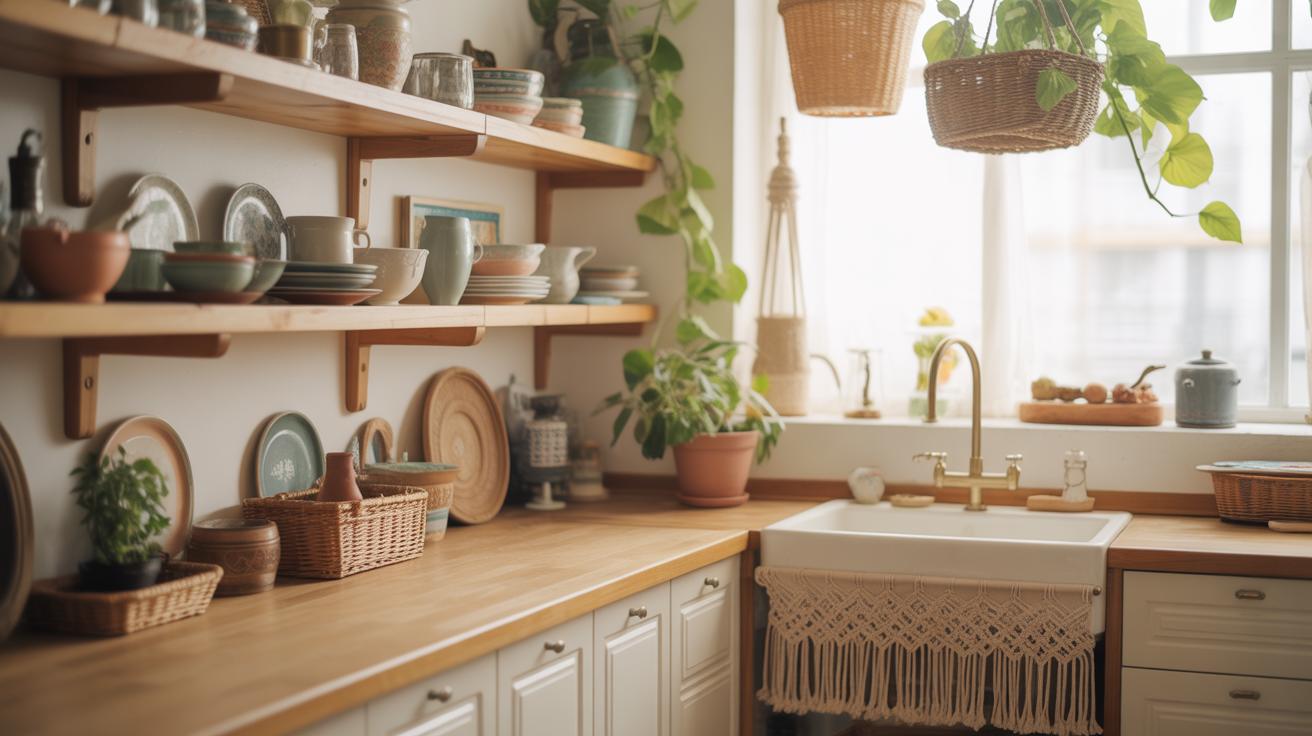Introduction
Accent walls have become a popular way to add character and style to bedrooms. They give an instant update to a room without needing a full renovation. In this article, you will explore stunning accent wall bedroom ideas to revamp your room and make it stand out.
You will learn how to pick the right wall, choose colors, and materials that fit your style. Practical tips and creative ideas in this article will help you create a beautiful accent wall that reflects your personality and improves your bedroom space.
Understanding Accent Walls
What Is An Accent Wall
An accent wall is one wall in a room that’s treated differently from the others, usually in color, texture, or pattern. It’s meant to stand out, to catch your eye right away. In bedrooms, it often appears behind the bed, making the headboard area a natural focal point. Sometimes people choose the wall opposite the doorway or where natural light falls the best. But basically, it’s the one wall you decide should hold more visual weight than the rest—kind of like the centerpiece of your room’s design. Not every wall is created equal with an accent wall. The others usually stay neutral or subtle to avoid competing for attention.
Why Add An Accent Wall To Your Bedroom
Adding an accent wall can change how your bedroom feels without a full remodel. It adds interest—something to look at beyond just four plain walls. You might highlight a piece of art, architectural detail, or even just aim to make the space feel cozier. Sometimes a pop of color or a texture like wood or wallpaper can make the room feel more personal. I think many people don’t realize how much a single wall can influence mood or style until they see it for themselves. Plus, it’s a good way to break up monotony in rooms that might otherwise feel flat or dull. When done right, an accent wall invites you in; it makes the space feel like it belongs to you, not just a generic setup.
Selecting The Right Wall For Your Accent
Picking the right wall for your accent isn’t always straightforward. You might think it’s about the biggest or the blankest wall but, really, it’s more about where your eyes naturally land when you enter the room. Think about that spot—does it feel like the room’s focal point? If not, maybe it should be.
One way to narrow it down is by looking at how natural light hits the room during the day. Too much sunlight on a textured or dark wall might make the color fade or look uneven. On the other hand, a dimly lit wall could benefit from a brighter or warmer tone to wake it up.
Consider furniture placement too. The wall behind your bed often works well for an accent because it anchors the room visually. Yet sometimes a sidewall with an important piece, like a dresser or chair, could be better if it draws more attention.
Also, try to avoid walls crowded with windows or clutter—these can diminish the impact of the accent. It’s tempting to paint the biggest surface, but if it’s broken up by lots of openings, the effect might get lost. You want your accent wall to stand out, not compete with distractions.
Have you noticed how some rooms just “feel” right? Chances are, their accent walls were picked with these things in mind. Trust your instincts, and maybe experiment by moving furniture or standing in different spots before deciding.
Choosing Colors For Your Accent Wall
Picking the right color for your accent wall is more than just matching paint swatches. It’s about how that shade works with everything else in the room and how it makes you feel. When you think about color psychology, certain hues can shape your mood in subtle ways. For a bedroom, you probably want calm, soothing colors overall. Blues often come to mind because they tend to lower stress and encourage sleep. Greens, too, have that natural, restful vibe. But what if you don’t want to play it too safe?
Bold colors like deep reds or navy blues can energize a space and bring a sense of drama. That might be perfect if your bedroom needs a shot of personality, or you like a bit of contrast against neutral bedding and furniture. On the flip side, neutrals—grays, beiges, soft taupes—offer flexibility. They keep the room quietly chic and let other design elements stand out. I’ve seen rooms where a subtle gray accent wall works beautifully with warm-toned wood furniture and cream bedding—there’s a cozy, layered look without shouting at you.
Think about your furniture and bedding too. If your furniture has strong colors or patterns, a softer wall color might actually help bring balance. But if your bedding is minimalist, a bold wall could create an appealing focal point without overwhelming the senses. Often, the best choices feel a bit personal, maybe even a little unexpected. What color really feels like “you” when you walk into your bedroom? That question might lead you closer to the right shade than any rule.
Different Materials And Finishes For Accent Walls
Paint And Wallpaper Options
When it comes to accent walls, paint and wallpaper often top the list. Paint lets you experiment freely with colors and finishes—matte, glossy, satin—you name it. It’s pretty straightforward, and if you get tired of it, repainting isn’t too big of a hassle. On the other hand, wallpaper offers patterns and textures that paint just can’t replicate. From subtle linen textures to bold florals or even metallic finishes, wallpaper can really bring personality to your wall.
But here’s the thing—while paint feels easier to change, wallpaper can sometimes be a bit stubborn. Peeling it off might test your patience. Still, the impact it creates is often unmatched. You might find yourself torn: should you settle for the simplicity of paint or embrace the intricacy of wallpaper?
Unique Textures And Materials
Beyond paint and wallpaper, materials like reclaimed wood, brick, or stone introduce a different vibe altogether. Wood panels add warmth and a sense of coziness, making your bedroom feel less sterile. I once saw a bedroom with a reclaimed wood accent wall, and it made the entire room feel grounded—almost like a retreat.
Brick and stone bring texture and ruggedness, contrasting smooth bedding and sleek furniture. They’re a bit more permanent, which might feel limiting, but the statement they make is strong. Fabric-covered walls offer softness and can even improve acoustics, though that’s less common in bedrooms.
Choosing such materials means thinking about maintenance and installation, but the effect can be well worth it. Do you want your accent wall to simply add color, or become a tactile experience?
Creating Patterns And Designs On Your Accent Wall
Adding patterns or designs to your accent wall can instantly change the feel of your bedroom. You don’t have to be an expert painter or artist to create something visually engaging. Sometimes, simple shapes or repeated motifs bring just enough character without overwhelming the space.
Simple Patterns For Beginners
Stripes and polka dots stand out as straightforward options if you want to try patterns for the first time. You can tape off stripes with painter’s tape for clean lines or use round stickers as templates for polka dots. Both require minimal tools and experience.
For example, alternating wide and narrow stripes in two shades of your favorite color can add depth and movement. Polka dots, on the other hand, bring a playful rhythm but stay subtle when you stick to neutral tones. If you’re unsure about committing to the entire wall, test a small area to see how the pattern interacts with the room’s existing decor.
Advanced Design Ideas
If you’re craving something more daring, consider murals or custom stenciling. Murals can range from abstract art to nature-inspired scenes that become the room’s focal point. They take time and planning, and perhaps a steady hand, but their impact is hard to miss.
Stenciling offers a way to repeat complex shapes or designs without the hassle of hand-painting everything freehand. You can layer colors or create gradients for more dimension. These options are perfect when you want your accent wall to express personality or even tell a story.
Which approach fits your style best? Sometimes the simplest idea stands out the most, but occasionally, bold designs make all the difference. Either way, incorporating patterns challenges you to look at your bedroom differently—and that’s part of the fun.
Lighting And Decoration To Highlight Your Accent Wall
Lighting can totally change how your accent wall feels. When done right, it doesn’t just illuminate—it draws the eye exactly where you want it. Think about using spotlights; they focus light sharply, creating a dramatic effect on parts of the wall. Wall washers, on the other hand, spread light evenly across the surface, making colors pop and textures stand out without harsh shadows. I once noticed how a single well-placed spotlight made an entire textured wall seem more inviting in a dim room—subtle, but kind of magic.
But don’t stop at lighting. Decorations are your tools to keep that wall interesting without going overboard. Pictures, shelves, and mirrors each bring their own vibe. Mirrors can reflect light, making the room feel bigger, but a crowded wall of mirrors might feel strange—less cozy, more cluttered. Shelves give you a chance to display small items, but they need to be spaced carefully so they don’t steal the show from your wall itself. When choosing art or pictures, pick a few pieces that complement the colors or patterns on the wall. If your wall is busy or patterned, simpler decorations tend to work better. Sometimes, less really is more, even though it’s tempting to fill every inch.
Do you want your wall to whisper or shout? Lighting and decoration both shape the vibe. Sometimes you might want just a soft glow highlighting a piece of art or a shelf with a plant that brings life but doesn’t yell for attention. Other times, bold lights and a statement mirror can make the wall the unmistakable star of the room. The trick lies in balance, though finding it might take some trial and error.
Complementing Your Accent Wall With Bedroom Furniture
Matching Furniture Colors
Once you’ve chosen an accent wall, the next step is figuring out how your furniture fits in. You might think matching furniture colors with the accent wall is straightforward, but it can get a bit tricky. If your wall is bold and dark, lighter-colored furniture can provide balance, preventing the room from feeling too heavy or closed-in. On the other hand, selecting furniture in a shade that closely echoes the accent wall creates a sense of cohesion—though sometimes it can feel a little too planned or even dull.
Try mixing these approaches:
- Pick furniture in neutral tones—think white, beige, or soft gray—that won’t compete with your wall.
- Introduce a pop of complementary color in your bed frame or nightstands for contrast.
- Consider natural wood finishes to add warmth without clashing with painted or wallpapered walls.
It’s tempting to stick to “safe” colors, but experimenting with subtle contrasts often results in a space that feels more thoughtful. I once paired a deep navy wall with a mid-tone oak dresser—it didn’t scream “matchy-matchy,” but the earthiness grounded the intensity of the wall.
Furniture Placement Tips
Where you put your furniture matters just as much as what you pick. Placing the bed directly against the accent wall usually anchors the space. It instantly draws the eye and makes the wall the room’s focal point. But if your accent wall is particularly busy or patterned, try moving the bed slightly off-center or pairing it with a simpler headboard to avoid overload.
Think about how a dresser or chair interacts with the wall. Positioning a low dresser in front of your accent wall can either highlight or obscure it. If it’s bulky or clashes with the wall, you might lose that visual punch you wanted. On the flip side, leaving a small stretch of wall visible between furniture pieces helps the accent wall breathe and feel more intentional.
- Try to avoid cluttering the accent wall—give it space to make a statement.
- Use furniture heights to play with proportions; taller pieces can frame the wall rather than cover it.
- Sometimes, pushing furniture away from the wall—like a floating nightstand—lets the accent color peek through from behind.
In my experience, simple shifts can change a room’s vibe completely. Don’t hesitate to experiment with placement before settling on a spot—you might discover new ways your furniture and accent wall work together that you hadn’t considered before.
Easy DIY Projects For Accent Walls
Creating an accent wall yourself isn’t as tricky as it might seem at first glance. You can start simple—just pick a wall and get the basics down. For painting, tape off the edges carefully; this keeps your lines sharp. Use a roller for large areas and a brush for corners, but don’t rush. Sometimes going slow actually saves time in the long run.
Here’s a quick rundown for a neat paint job:
- Clean the wall to remove dust or grease.
- Apply a primer if your color is bold or the wall’s surface is uneven.
- Use painter’s tape along edges and trim.
- Start with the brush on corners, then roll out the paint in smooth, vertical strokes.
- Wait for the first coat to dry fully before adding a second.
If painting feels too basic, wallpaper or wood panels could be the answer. For wallpaper, measure the wall height precisely, then add a few extra inches to allow for trimming. Cut sheets carefully, matching patterns if needed. Apply paste or use pre-pasted sheets, smoothing out bubbles with a brush or smoothing tool. Patience here really pays off.
Panels, especially wooden ones, can be cut to size with a saw you can rent if you don’t own one. Use adhesive strips or nails to fix panels, depending on weight. It’s surprisingly manageable even without a pro, but expect a bit of trial and error. Just keep your space tidy and take breaks so your effort doesn’t feel overwhelming.
Maintenance And Updating Your Accent Wall
Caring for your accent wall depends a lot on the material you’ve chosen. Painted walls are usually easy to manage—just gentle wiping with a damp cloth or a mild soap can clear away dust or smudges. Just be careful not to scrub too hard, especially if it’s a matte finish, because the paint might dull in patches. Wallpaper requires a bit more attention; take a soft sponge with water and avoid soaking it. Some wallpapers might react badly to moisture, so testing a small area first can save you trouble.
Wood panel accent walls have their own quirks. Dusting regularly helps, but every now and then, you may want to add a light coat of furniture polish or oil to keep the wood looking fresh and to prevent drying out. But if the wood is painted, treat it like any painted surface—don’t overdo the liquids.
If your tastes shift, updating an accent wall doesn’t have to mean a full redo. Repainting can refresh the whole vibe, especially if you’re tired of the current shade. Adding new elements like framed art, tapestry, or even string lights can breathe life into the space without touching the wall itself. Another idea could be to apply removable wallpaper or decals—they’re affordable, often easy to remove, and let you experiment without commitment. Sometimes, small changes make the biggest difference.
Conclusions
Accent walls offer a simple way to add personality and depth to your bedroom. By choosing the right wall and using colors or textures, you can transform an ordinary space into something special. Whether you prefer bold colors or subtle patterns, there is an accent wall idea that fits your style.
Use the tips and ideas shared here to start planning your accent wall bedroom today. With a little effort, your bedroom can become a more inviting and beautiful place that you enjoy spending time in every day.




